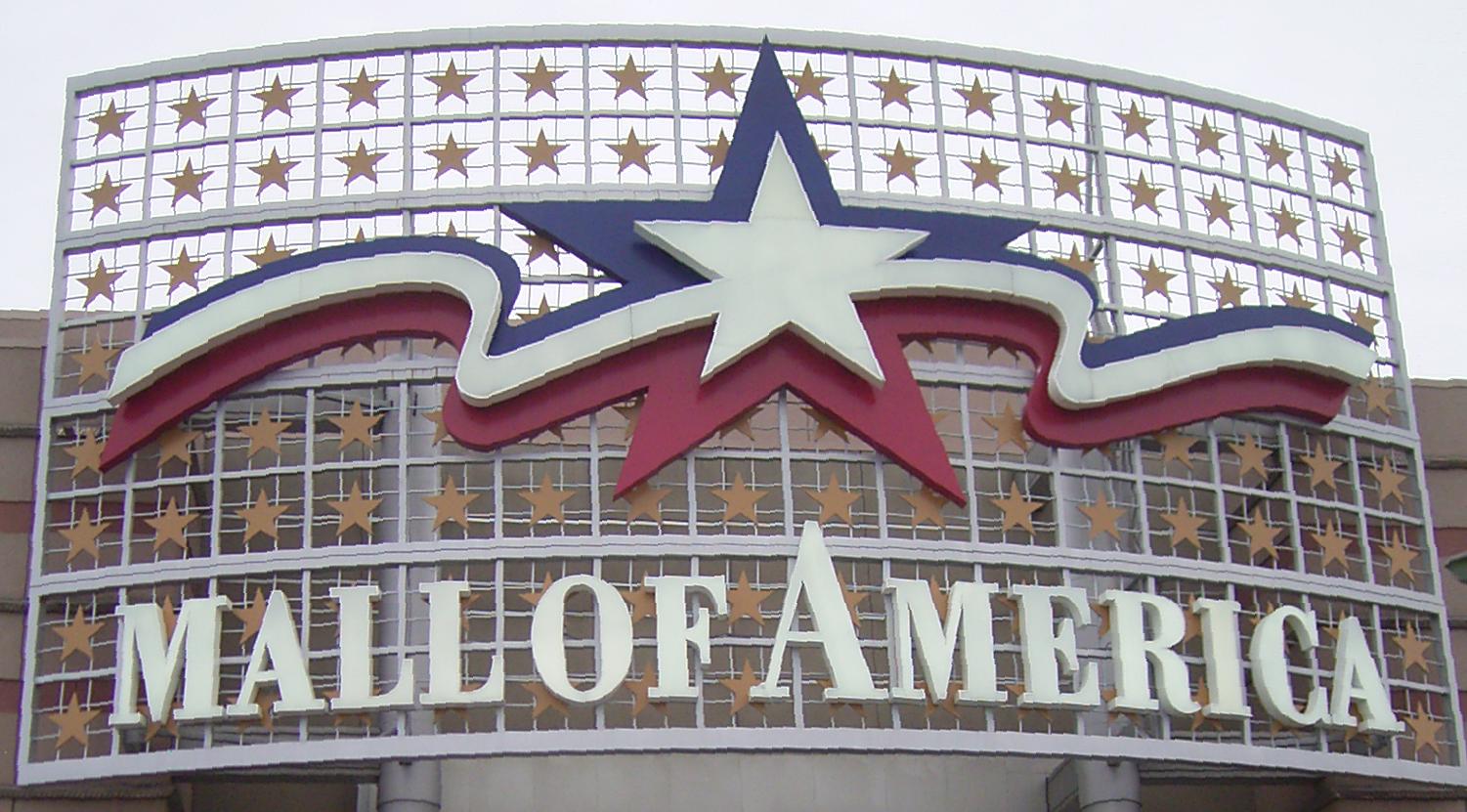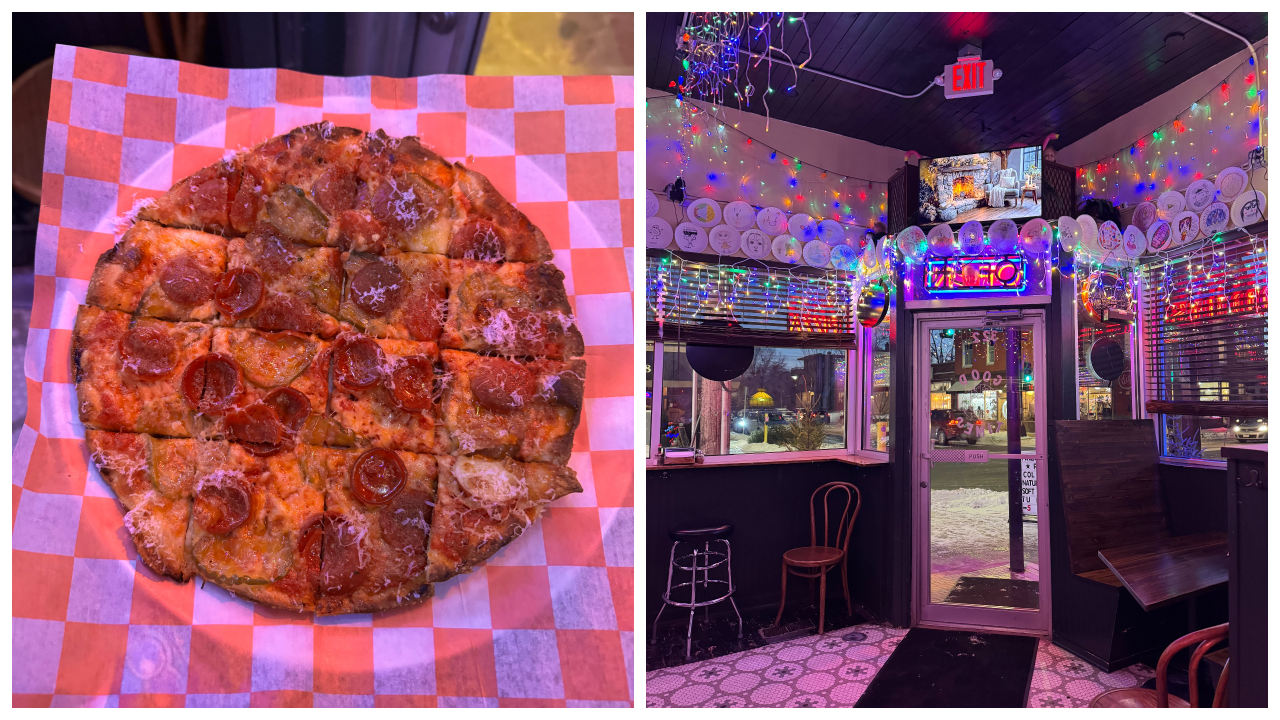Twin Cities adman Bill Hillsman had a profound impact on Minnesota politics in the 1990s. His work helped an underdog lefty candidate, Paul Wellstone, win his U.S. Senate seat. Eight years later, with a TV spot that channeled Rodin’s “The Thinker,” he’d cheekily rebrand an insurgent populist gubernatorial candidate, Jesse Ventura, from “The Body” to “The Mind.”
In between, Hillsman’s contribution to a major account his firm initially failed to land, the soon-to-open Mall of America, provided perhaps his most tangible impact on the state of Minnesota. But before the inescapable “There's a Place for Fun In Your Life” jingle wriggled deep inside the frontal lobes of multiple generations, its seed had to be discovered inside an office wastebasket.
Thirty years later, the jingle remains stuck in the state’s collective head.
“It’s not so much advertising as it is music,” Hillsman says. “That’s just the power of the device. It was just a really, really, really good jingle.”
Prepping for the Megamall Pitch
Before it was absorbed by Periscope in 1994, Minneapolis-based Kauffman-Stewart operated as a mid-level boutique ad firm that pulled in around $40 million in annual billings, according to Hillsman. While courting the shrine to consumerism that was being constructed in Bloomington, the firm brought the same darkhorse energy that those Wellstone ads had wielded months earlier.
“It wasn't a big agency by any stretch of the imagination,” says Hillsman, the former Kauffman-Stewart creative director. “We knew we were in competition with all the ad agencies in town for the Mall of America account.”
Kauffman-Stewart boasted major retail clients at the time (including the four “Dale” malls), “a ton” of industry research, and surplus scrappy confidence. The firm even sent a team up to Canada’s West Edmonton Mall, at the time the world’s largest shopping center, to gain further megamall intel.
“We’re trying to prepare for this pitch, and everybody is working really, really hard on it,” Hillsman remembers. “And I think the pitch was in the spring of 1991, so there was more than sufficient lead time on this. Agencies had time to really put together a dog ‘n’ pony show.”
Reading the Early ‘90s Room
Mall of America faced some tricky PR hurdles ahead of its 1992 opening. Some Twin Citians were daunted by its size and fearful of its price tag, as MPR recently unearthed.
"It just really kind of irks me,” one worried listener said. “I wonder where our priorities are, and I wonder how many more stores we need in the Twin Cities area."
Some fretted over the homogeneity of the stores. Others were concerned that the mall’s eventual cost—$650 million—would be passed along to taxpayers. It wouldn’t, as three Japanese banks financed the construction of the 4.2 million-square-foot monolith, though city and state taxpayers would foot the $100 million bill to acquire the 78 acres of land beneath Metropolitan Stadium.
"[Critics] are trying to kill, indirectly, the biggest and most viable project this state could ever have!" Nader Ghermezian, the incensed MOA developer, shot back over the airwaves. (Years later, some residents had become simultaneously condescending and grandiose in their bonkers mall bullishness... or at least U of M professor Karal Ann Marling had.)
Additionally, Hillsman explains, the powerful Dayton family and various downtown Minneapolis power brokers were furious over the idea of shoppers fleeing to Bloomington. Mall of America developers didn’t include Dayton’s as an anchor tenant, instead opting for rival Nordstrom.
By the time local ad firms were assembled to pitch campaigns for MOA’s grand opening, economic uncertainty had crept into the equation.
“There was a recession going on, and there was a phenomenon that sounds quaint after COVID, but it was called ‘cocooning’: people were sort of embracing this idea of not going out, not spending money, doing stuff at home,” Hillsman says. “In that respect, trying to introduce the country’s hugest shopping mall was not great timing.”
Discovering “Fun”
Ahead of the pitch, Hillsman's team was pulling 12-hour marathon days inside downtown Minneapolis’s Butler Square, attempting to thread the messaging needle.
The tone had to be upbeat, the creative director instructed the firm; the copy had to give folks permission to leave the house, let their hair down, and loosen their wallets. “All this negativity about the mall fed into the press–we were pushing up against that,” he notes.
During his years in advertising, Hillsman noticed that when a team was really cramming, nuggets of genius could slip through the cracks. So after the building cleared at night, he’d stroll through the offices of coworkers, observing sketches, storyboards, and other half-realized ideas. One night, as the mall pitch loomed, Hillsman walked inside an office belonging to copywriter Craig McNamara.
“So I walked into Craig’s office, and there was all this stuff for the mall,” Hillsman recalls. “Then I looked on top of the wastebasket, and I saw that he had thrown out this thing that was centered around the line, ‘There’s a place for fun in your life.’ I said: ‘Oh my god, that’s it.’”
The Pitch
Finally, in early 1991, Kauffman-Stewart presented their biggest and best idea to Mall of America’s marketing team.
“We did the best pitch that I think we ever did at that ad agency, and we didn’t get it,” Hillsman says. “I just thought… ‘Oh, how could this possibly be?’”
Rival Minneapolis agency Martin Williams landed the account—a solid, safe, yet unsexy choice, Hillsman says. But the Kauffman-Stewart exec could see early holes forming in the Martin Williams approach, which hinged on a discovery theme that evoked Christopher Columbus.
Stocked to the gills with mall market research, Hillsman sensed that an emphasis on the unknown could actually backfire, and feed into negative perceptions of the still-being-built shopping center/theme park/restaurant complex/aquarium. “‘Discover a new world’ was actually threatening,” he observed. In focus groups, loyal shoppers at the “Dale” malls would brag that they could navigate their shopping trips blindfolded. Not an easy task when you’ve got 327 stores stacked over three levels.
“About a year later, in 1992, the mall comes back to us and says, ‘It’s not working out–can you guys take over and do this in three months?’” Hillsman says with a still-weary chuckle. He agreed, but on one condition: “A Place for Fun” would be the heart of the campaign. “I don’t know if they had much choice at this point,” Hillsman adds with another laugh.
The mall’s marketers obliged, and the deadline clock started ticking.
How to Make a Hit Jingle
Hillsman was determined to score the services of Crushing Enterprises, the New York City jingle house that had recently produced all-timers for Budweiser (“This Bud’s For You”), Sears (“The Softer Side of Sears”), and Chevrolet (“The Heartbeat of America”). In recent decades, as the notion of selling out has all but disappeared, popular music has mostly replaced jingles, though at the time, the capitalistically unabashed songwriting style was very much in vogue. “Crushing was doing the best commercial music, probably in decades,” Hillsman says.
The company’s founder, Joey Levine, helped pioneer bubblegum pop, having co-written the infectious 1968 Ohio Express tune “Yummy Yummy Yummy,” among many others. For “A Place for Fun,” Crushing assigned singer/lyrical polisher Robin Batteau, who had crafted Chevy’s “Heartbeat” campaign four years earlier.
With the song banked, Kauffman-Stewart set out to record a 30-second TV ad that would debut in July during NBC’s coverage of the ‘92 Summer Olympics—one month before MOA’s grand opening.
The firm shot for two 15-hour days, though its cinematographer faced a unique challenge: The mall they were supposed to visually rhapsodize wasn’t even close to completion, resulting in many of the shots being angled upwards and away from unfinished storefronts. "Only one ride was working at the time, I think it was the spinning...it’s whatever one is in the commercial,” Hillsman says. One of the child actors puked the first day of shooting, the Star Tribune reported at the time, adding yet another layer of difficulty.
Initial Ubiquity, Enduring Legacy
Remarkably, Kauffman-Stewart crammed a year’s worth of work into three months, emerging with a campaign that included the radio jingle, TV spot, and a print/billboard/bus visual component. In August of 1992, “Fun In Your Life” was everywhere.
"You hear it while walking the dog. Listening to the Twins. First thing in the morning. Last thing at night... Is there anybody in Minnesota who has heard that jingle only once?” faux-exasperated Strib columnist Doug Grow wrote that month. “Now that, mercifully, the mall finally is open, can't we have peace?"
In that same column, Batteau addressed whether his jingle had oversaturated the market.
“You want the message to make an indelible impression on the minds of the listeners,” the singer said, likening himself to Prince. “I would say we'll call it indelible when somebody names their baby after the mall. The day comes that somebody names their baby ‘Mall of America Jones,’ we'll know you've heard enough."
The jingle wasn’t without its actual haters. Legendary journalist David Carr, writing in his farewell column for the Twin Cities Reader in 1995, listed “The Place for Fun in Your Life” as one of the three things he won't miss upon leaving Minneapolis for Washington, D.C. (“Minneosota ‘nice’” and “Domeball” were the others.)
But for nostalgic Minnesotans across generations, the jingle signals a simpler, sweeter time—even if it’s a musical ploy to get your cash-laden ass to Cinnabon and the erstwhile Camp Snoopy. Today, Hillsman is quick to credit the man whose wastebasket supplied the germ of an idea that’d ear-worm its way into Minnesota’s cultural cannon:
“Craig McNamara nailed it. He didn’t know he nailed it, but he nailed it. That was the mall’s theme… god, they were still running that thing… into 2010? 2015? Man, that campaign ran for at least 10 years, which is an eternity in advertising.”







